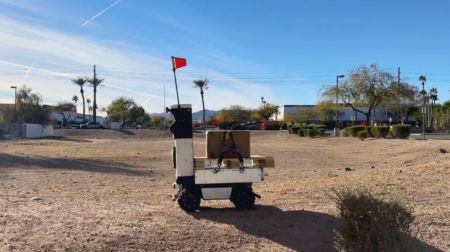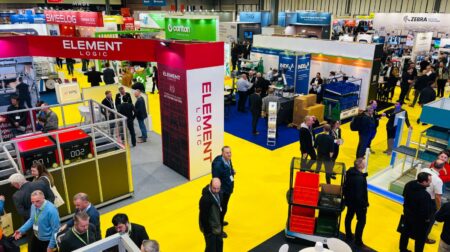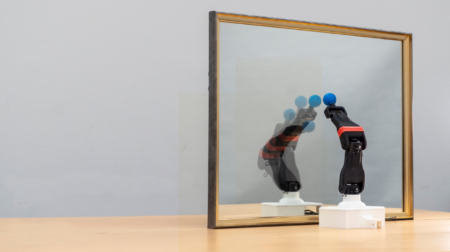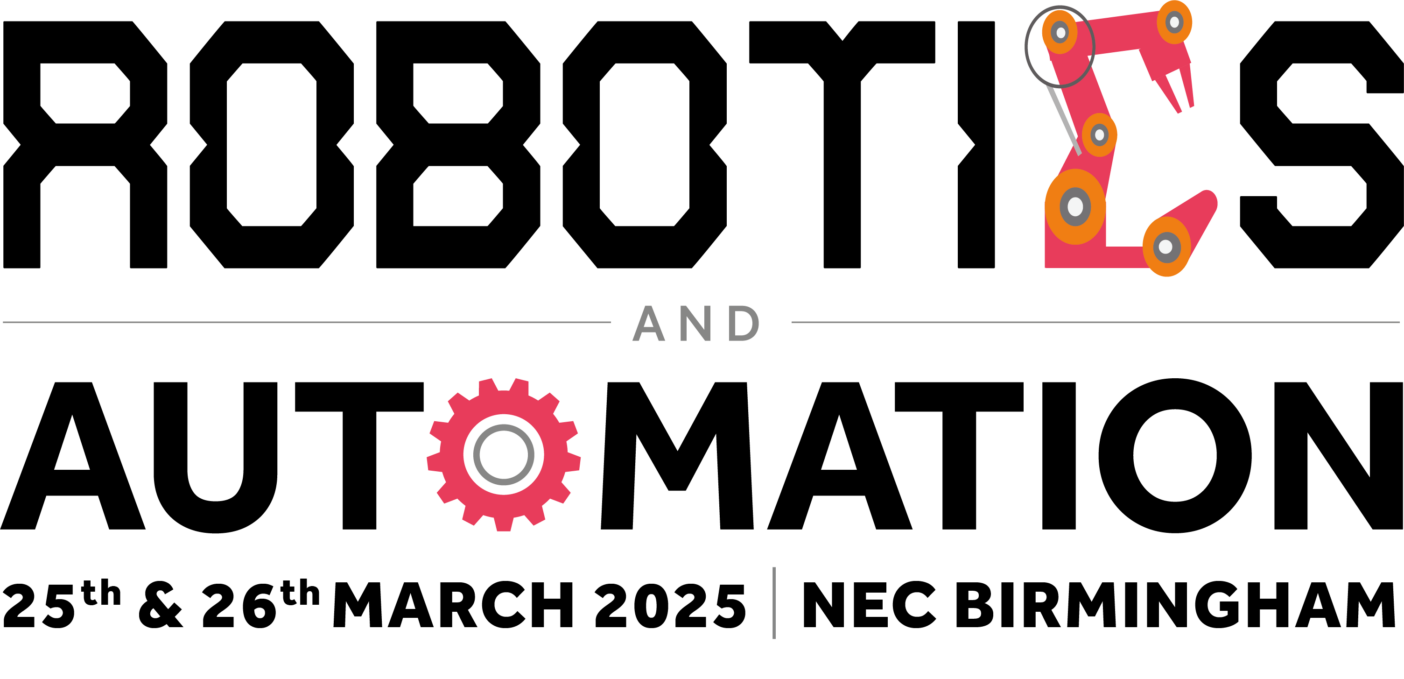German start-up Sewts is deploying 2D and 3D cameras from IDS Imaging Development Systems to automate industrial laundry folding, with the aim of saving labour costs and filling the automation gap.
According to the collaboration, although 90% of the process steps in industrial washing is already automated, the remaining manual operations account for 30% of labour costs. IDS said the potential savings through automation are enormous at this point.
While, the folding of laundry is often done by machines, each of these machines usually requires an employee to manually spread out the laundry and feed it without creases. This monotonous and strenuous loading of the folding machines has a disproportionate effect on personnel costs, the partnership said.
Additionally, qualified workforce can be difficult to find, which often has an impact on the capacity utilisation and thus the profitability of industrial laundries. The seasonal nature of the business also requires a high degree of flexibility.
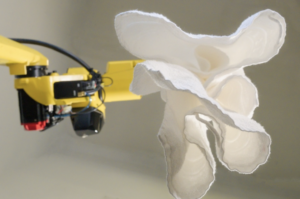
Sewts and IDS intelligent system has been designed to automate individual steps, such as sorting dirty textiles or inserting laundry into folding machines.
“The particular challenge here is the malleability of the textiles,” explained Tim Doerks, co-founder and CTO, Sewts.
While the automation of the processing of solid materials, such as metals, is comparatively unproblematic with the help of robotics and AI solutions, available software solutions and conventional image processing often still have limits when it comes to easily deformable materials.
Commercially available robots and gripping systems have so far only been able to perform such simple operations as gripping a towel or piece of clothing inadequately, the team said. The Sewts system VELUM can provide this, with the help of intelligent software and easy-to-integrate IDS cameras, it is able to analyse dimensionally unstable materials such as textiles.
Using this technology, the robots can predict the behaviour of these materials during gripping in real time. It empowers VELUM to feed towels and similar linen made of terry cloth easily and crease-free into existing folding machines, thus closing a cost-sensitive automation gap.
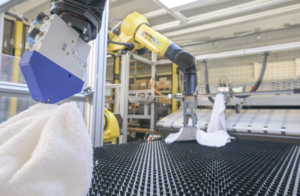
The software suite developed by Sewts combines commercially available robots, grippers and cameras into an intelligent system. In the search for the right camera modules, several criteria were decisive for the Munich-based company in addition to uncompromising industrial suitability.
“We need a 3D camera that is cost-effective because we use two to three 3D cameras depending on the system configuration. In addition, it must above all ensure high accuracy of the depth data,” added Doerks.
“Beyond that, we need 2D cameras that are light sensitive, deliver high dynamic range and are suitable for use in a multi-camera system.”
For the VELUM multi-camera system, the team choose Ensenso S10 3D camera as well as models from the uEye CP camera series from IDS. These IDS cameras could also be used for clothing such as shirts and trousers in the future.
“It is important to understand the properties of these materials in order to implement robust processes. We achieve this through sophisticated material simulations. In order to simulate the behaviour of textiles, we create special FE simulations using the finite element method,” explained Alexander Bley, co-founder Sewts.
“We want to make it possible to automate the production of clothing and move it back to the point of use in a cost-efficient way. In this way, we shorten transport distances, create more reliable supply chains, save CO2 emissions and combat the problem of overproduction.”

